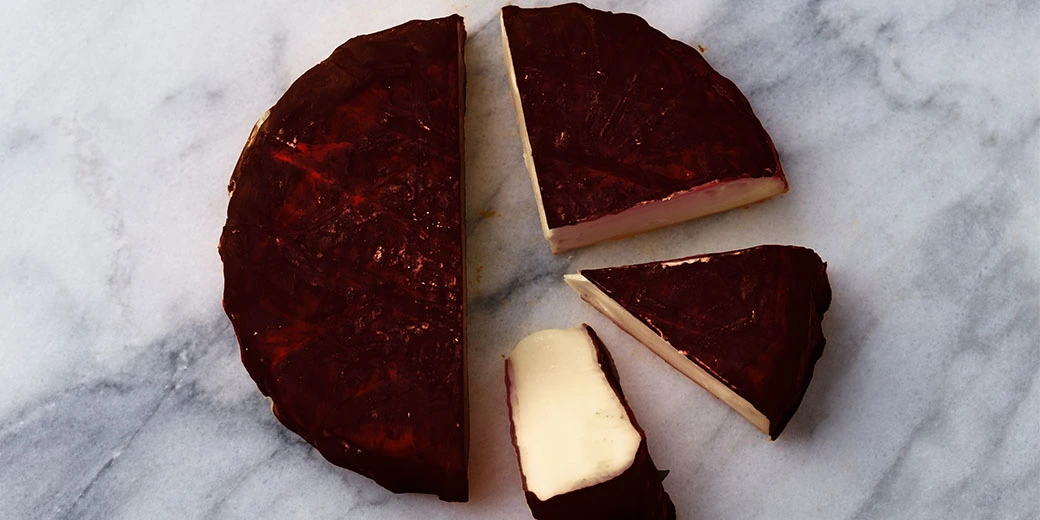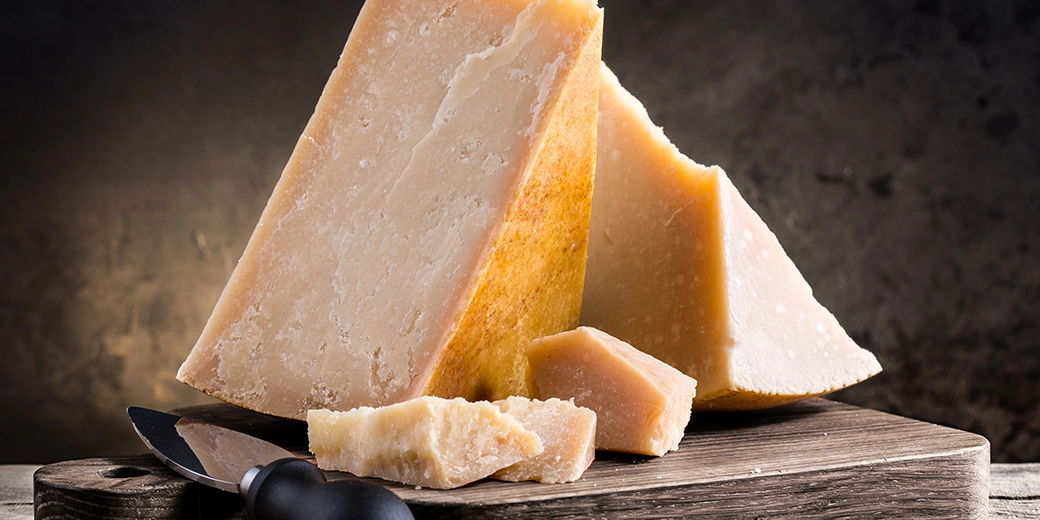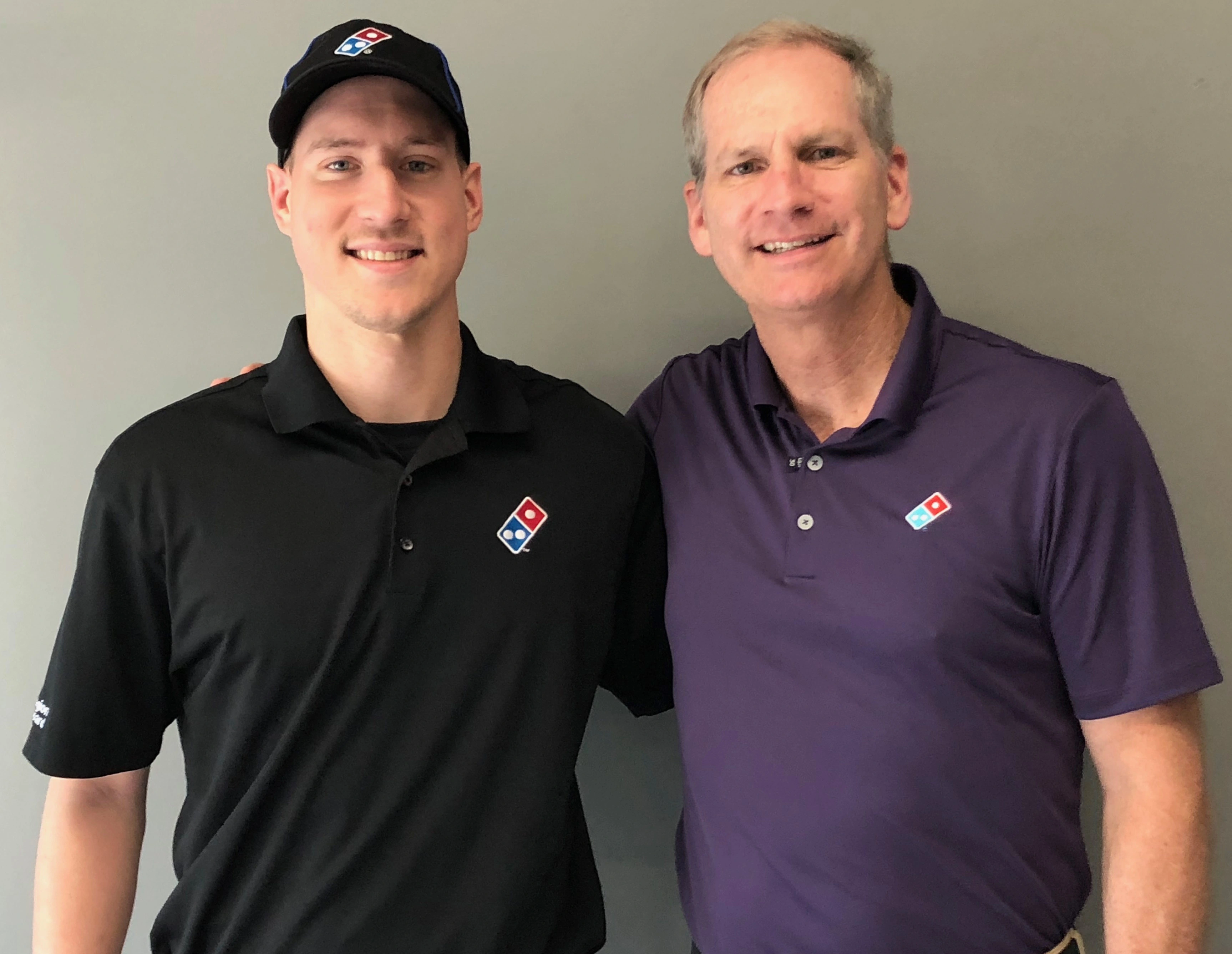Can you eat the rind on Brie, other cheeses?
Ever look at a fancy cheese plate and face this dilemma: Are cheese rinds safe to eat? The short answer: yes, for the most part. Rinds come in all kinds, and the edible ones tend to fall into these camps:

Rinds formed by a mold species
The rinds on these cheeses, think Brie and blue cheese, are an essential part of the cheese’s flavor. Different molds and processes result in different flavors.
You might hear them called “bloomy rinds” because they’re formed when cheesemakers spray a safe-to-eat solution of mold spores onto the cheese. The spores bloom into the rind to make, for example, a soft-white appearance and earthy-buttery flavor.
However, if you leave these intentionally mold-infused cheeses forgotten in the fridge too long, any additional mold growth is best avoided.

Flavor-based rinds
These rinds, which include wheels of cheese rubbed with cocoa, espresso, herbs, Merlot or even cinnamon, give cheese an extra kick. Flowers like lavendar make for a unique appearance too.

Rinds formed naturally in the cheesemaking process
One example is Parmesan; its rinds are safe to eat but can be tough and chewy.
“Popping [tough rinds] in your mouth is like [eating] leather, but they can add flavor to your culinary dishes,” said Dean Sommer, a cheese and food technologist with the Wisconsin Center for Dairy Research. Instead of eating them, he recommends throwing them in soups to add thickness and depth.
Cheese rinds that are not edible can be made from cloth, bark or wax and basically serve as containers for the cheese.

Bark
Bark should be easy to spy because well, it’s tree bark! Look for soft, decadent cheeses that can be scooped right out of the bark container.
Bark-rind cheeses are thought to have originated in the Alpine region of Europe as a method to contain and ripen soft cheese. Frequently spruce bark is used, which gives cheese a pine-like resonance. As cheese ages in bark, it may build an incredibly strong odor reminiscent of a smoky-woodsy basement.

Cloth rinds
Cloths rinds can be spotted by their frayed edges, which appear when the cheese, typically Cheddar, is sliced. Cloth wrapping exposes cheese to some air, resulting in a crumbly texture with a touch of complex flavor.
Are cloth rinds edible? Certainly not! Remove them before serving if your cheese monger hasn’t already.

Wax
While wax can technically be chewed, that’s not what it’s there for. You’ll find it on some Goudas and aged Cheddars.
“You would be surprised how many people eat the wax — which they can; it’s edible — but that can be the mistake of the host for not cutting it off,” said Tom Bivins, Vermont Cheese Council’s executive director. He recently gave Food & Wine the lowdown on rinds.
Rind savoir faire is more useful than ever because America is quickly catching up with Europe when it comes to producing cheese. Bivins has noticed an explosion of interest in rinded cheeses in particular, from Comte to Stilton to Parmesan Reggiano.
“People are asking more and more, ‘Can I eat this? What do I do with this?’” said Bivins. “One thing I generally tell people is the cheesemaker intends for the rind to be there since what happens on the outside of the cheese can help flavor what’s on the inside.”
Wax rinds are commonly applied by dipping a semi-firm cheese into melted, food-safe wax. This method extends a cheese’s life while adding depth of flavor if the wax securely seals the entire cheese. Though wax rinds prevent evaporation and minimize mold growth, these cheeses still need to be refrigerated to prevent foodborne illnesses. Just how long they can be refrigerated depends on the type of cheese and the time of year, so consult your cheese monger or the best-by date. And the wax is not meant to be edible.















